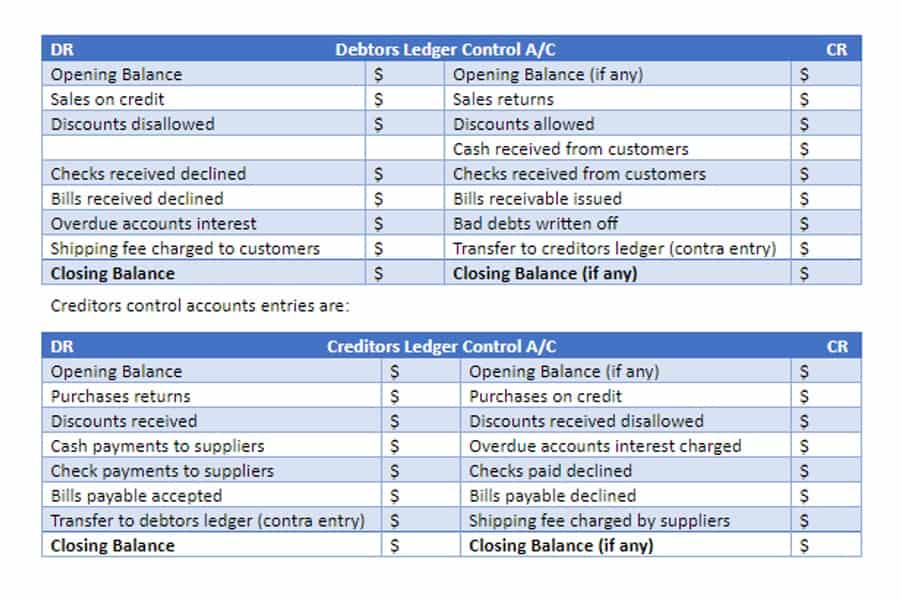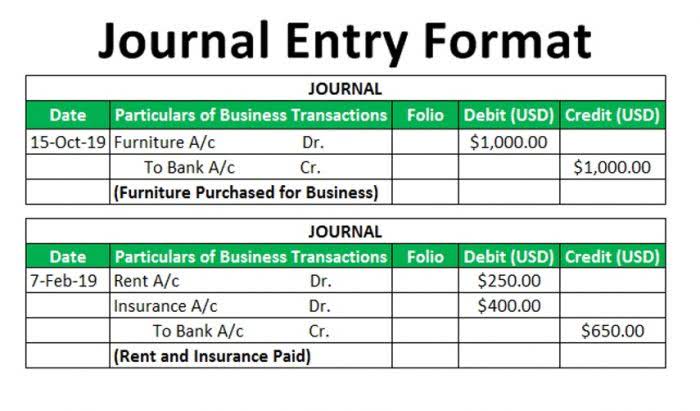
If your company considers the number of hours for a full-time position as 40 hours per week, note that working 30 or more hours counts as 1 FTE for purposes of ACA compliance. What’s important is that “on average” they work under 30 hours a week. To get a good estimate, it’s best to average hours over a 90- or 120-day timeframe. In addition, if you’re calculating FTE for ACA purposes, you’d only include the part-time person in your calculations if they worked 120 days or more per year. In our example, Jimmy and Marta would be considered part-time employees.
- The underlying period can be, for example, a day, a month or even a year.
- To see your employees’ FTEs, you can view their daily/weekly/monthly assignments in Clockify.
- You can view the unused balance as a whole number or percentage for on-the-fly planning.
- Add the full-time FTE (in this case, it’s 2.0 since there are two full-time employees) to the part-time FTE from the previous step (1.5).
- When an employer has a 40-hour workweek, employees who are scheduled to work 40 hours per week are 1.0 FTEs.
- Using software for resource management simplifies (and speeds up) the process of maintaining favorable capacity levels.
The Paycheck Protection Program (PPP) was launched by the US Small Business Administration (SBA) to help businesses keep their workforce employed during the Coronavirus (COVID-19) crisis. If you want your PPP loan to be completely forgiven, you need to keep the number of FTEs during the 24-week PPP period the same as it was prior to COVID-19. So, how can you calculate the FTE of your company and make sure you’re eligible for PPP? Marija Kojic is a productivity writer who’s always researching about various productivity techniques and time management tips in order to find the best ones to write about.
What is a full-time equivalent employee?
Let’s say you have 100 employees, but 18 of those employees are part-time and only work 10 hours a week. Altogether, those 18 employees only account for the hours of 4.5 full-time employees. It represents a single full-time employee or multiple part-time employees whose hours add up to one full-time employee’s hours. The Fair Labor Standards Act (FLSA) doesn’t define what full-time or part-time employment is for any employer. For example, comparing the two groups over time allows an organization to find opportunities to improve efficiency when hiring seasonally or when making part-time and full-time staffing decisions. After all, the net costs of hiring additional part-time employees may, in fact, be lower than the more visible cost of overtime pay for existing staff, and FTE is used to uncover such findings.

Planning a new project and making estimates can be tiresome, especially when you have employees with different types of contracts (part-time, full-time, and freelancers) working for your company. FTE calculations make it easier for you to assign different personnel to different projects or specific tasks based on their overall performance and contribution to your company. To calculate your yearly FTE, you should calculate the work hours of all of your employees for that one year and divide that number by the ideal number of work hours per year for one full-time employee. It’s used to determine the overall number of full-time hours that your team or business as a whole is able to perform or has performed during a certain period of time. To help you determine if you are eligible for a small-employer healthcare tax credit, you need to count the number of employees employed in your company throughout the year.
Why Is FTE Important?
Keep reading to find out everything you need to know about calculating FTEs and how to use them. The calculation of full-time equivalent (FTE) is an employee’s scheduled hours divided by the employer’s hours for a full-time workweek. When an employer has a 40-hour workweek, employees who are scheduled to work 40 hours fte meaning per week are 1.0 FTEs. For instance, in terms of business, calculating FTEs may be of great use when determining how many hours part-time employees should work to equal the number of hours full-time employees work. Such calculations facilitate accounting processes such as estimating wages, payroll, costs, etc.
Consequently, the FTE for a part-time employee working 20 hours a week would be 0.5. One part-time employee who works ten hours per week and one part-time employee who works 25 hours per week. Determining the amount of workers in your organization and https://www.bookstime.com/articles/how-to-calculate-salvage-value the amount of time they work is crucial for budgeting, benefits administration and legal purposes. That said, full-time equivalent (FTE) is a metric used to determine the total number of full-time workers that you have in an entire organization.
How to calculate FTE?
As evident, once you have the total number of hours per day, you’ll be able to pick whatever days/employees ratio you want to carry out the estimated workload. Bear in mind that these are just simple FTE example calculations — project managers approach FTE from a different angle while federal programs use different FTE calculation methods. To calculate the FTE for all employees in your company, consider the full-time and part-time employees you employ. The ratio of full-time to part-time employees impacts company culture, engagement, and retention.
- It’s easier to plan for this when you can visualize your project needs and team capacity.
- FTE is a very specific term used to calculate whether a company is required to provide benefits under the Affordable Care Act (ACA) and the Family Medical Leave Act (FMLA), for example.
- Full-time equivalent (FTE) is a measurement employers use to standardize their headcount.
- Clockify is a time tracker and timesheet app that lets you track work hours across projects.
- To identify the FTE for a specific part-time position, just divide the number of hours worked by the employee by the number of hours considered for a full-time worker.
- Employee productivity can be measured to determine how much each full-time equivalent generates for the business.


